Wood is prone to mold and mildew. This is because wood absorbs water and accumulates it inside its porous fibers. Molds love to grow in moist and warm areas and if you don’t remove mold, it can release spores which can be dangerous to health. You must get rid of mold right away. Here are some ways on how to get rid of white mold on wood safely and quickly.
Important reminder before you get rid of white molds
Before you start removing white mold, you must make sure that the mold you’re dealing with is not black mold. This type of mold is very dangerous and is very toxic to health. So, if you’re uncertain if you have black mold, consult a professional. It’s very difficult to distinguish between black mold and other types of mold so it’s best to stay safe.
Things you need to get rid of white mold on wood
You need the following to safely and effectively remove mold on wood
Safety equipment
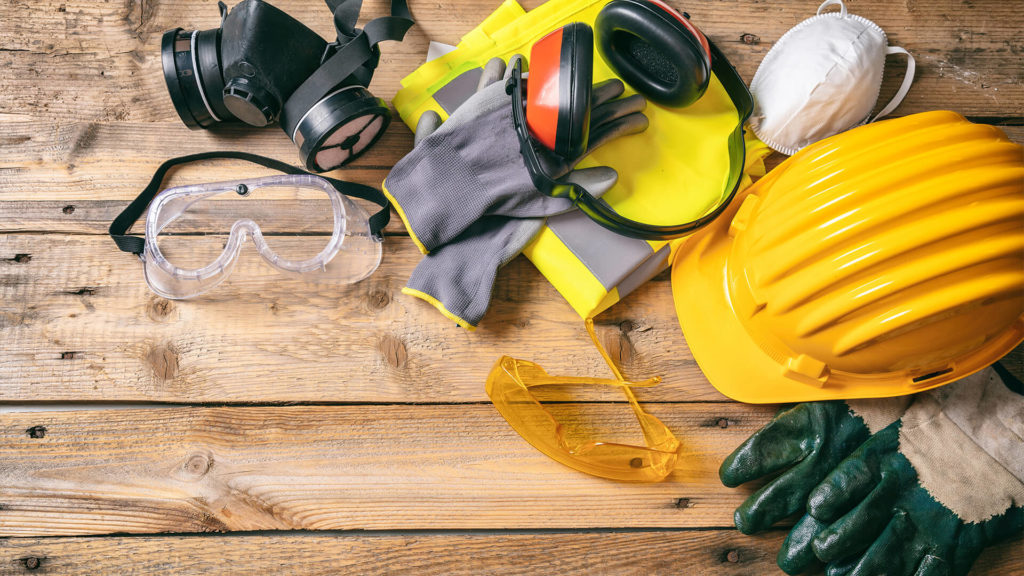
Don’t handle white mold without your rubber gloves, face mask, goggles, and apron. If you’re going to use chemicals like Borax to remove mold, open windows, and doors, and use a fan to add ventilation.
Vacuum cleaner
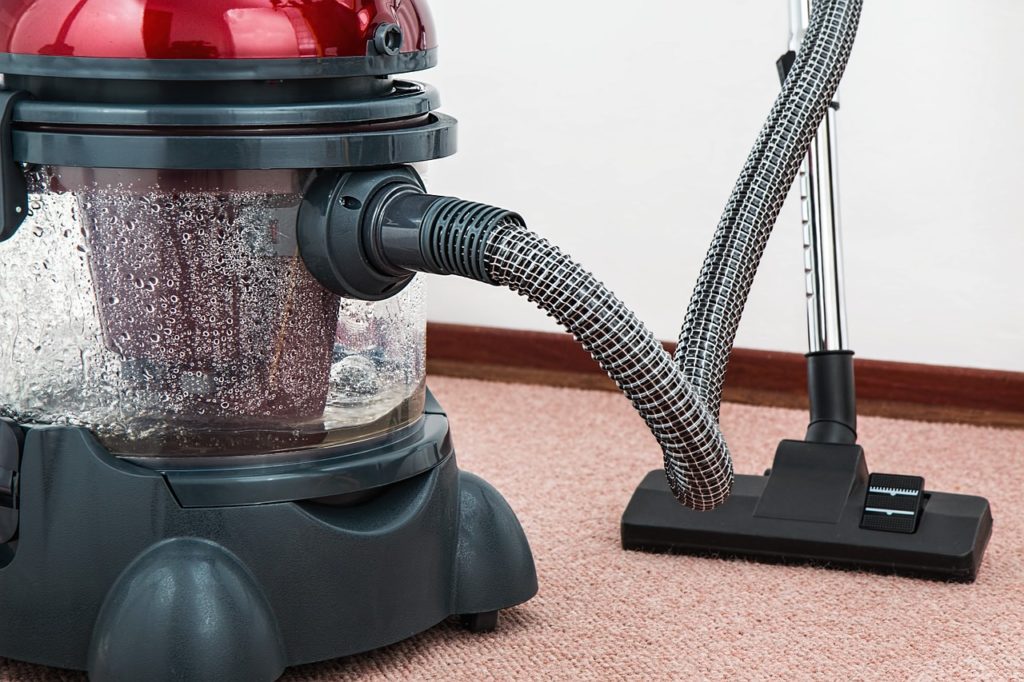
You need a vacuum to remove mold and all debris right after you clean. Be sure to empty the vacuum cleaner chamber/body and filter right after use especially when you’re dealing with molds.
Dishwashing soap and warm water
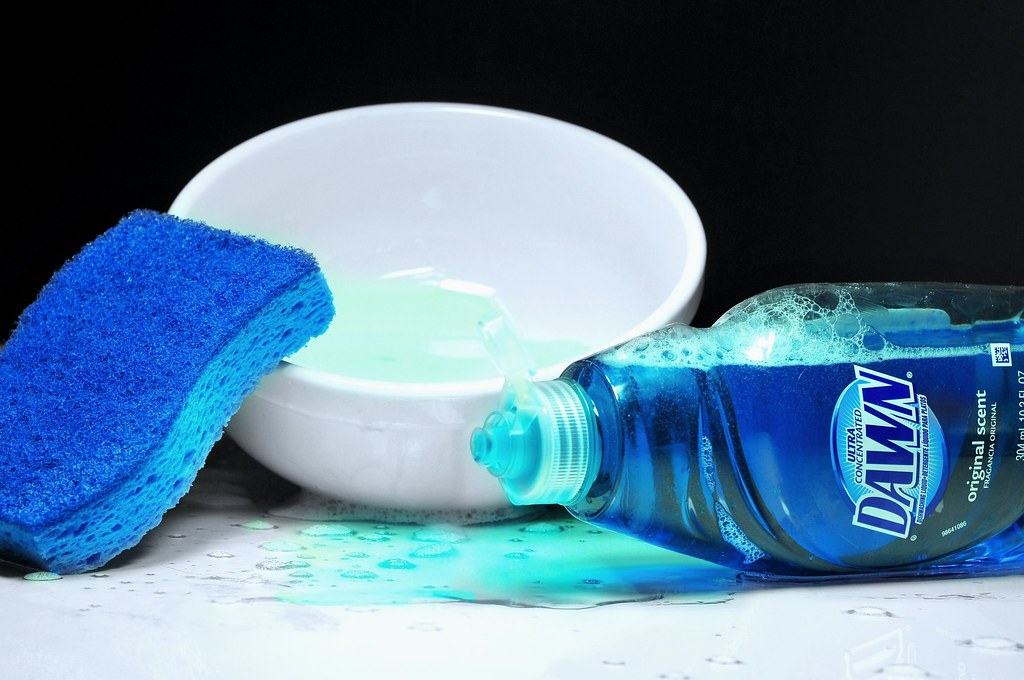
You need basic dishwashing soap and water to remove white mold right after vacuuming the area.
Towel
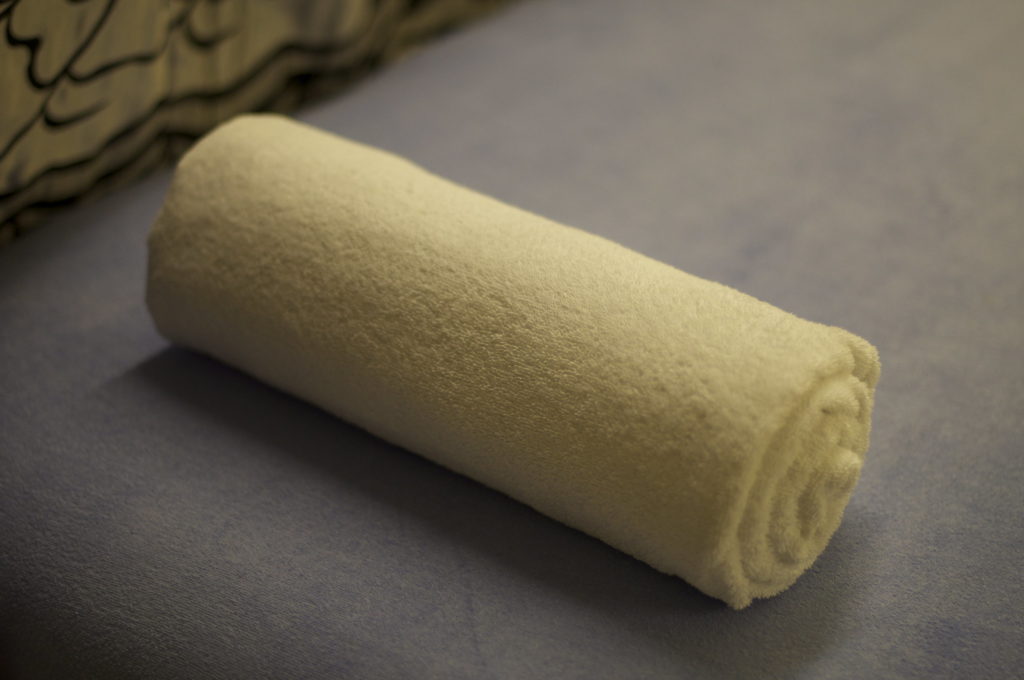
Use a clean, dry towel to remove moisture and to dry the area you will work on after you use soap and water.
Borax
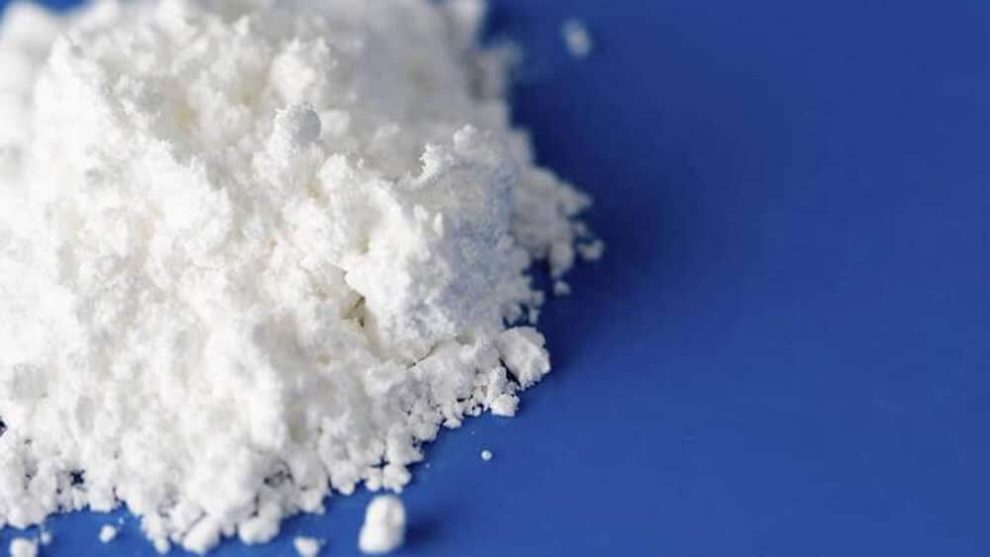
Borax is a special alkaline mineral salt dirt remover used in bathrooms, sinks, and tiles. Please follow instructions on the product bottle to make sure you’re using Borax safely.
Dehumidifier or fan
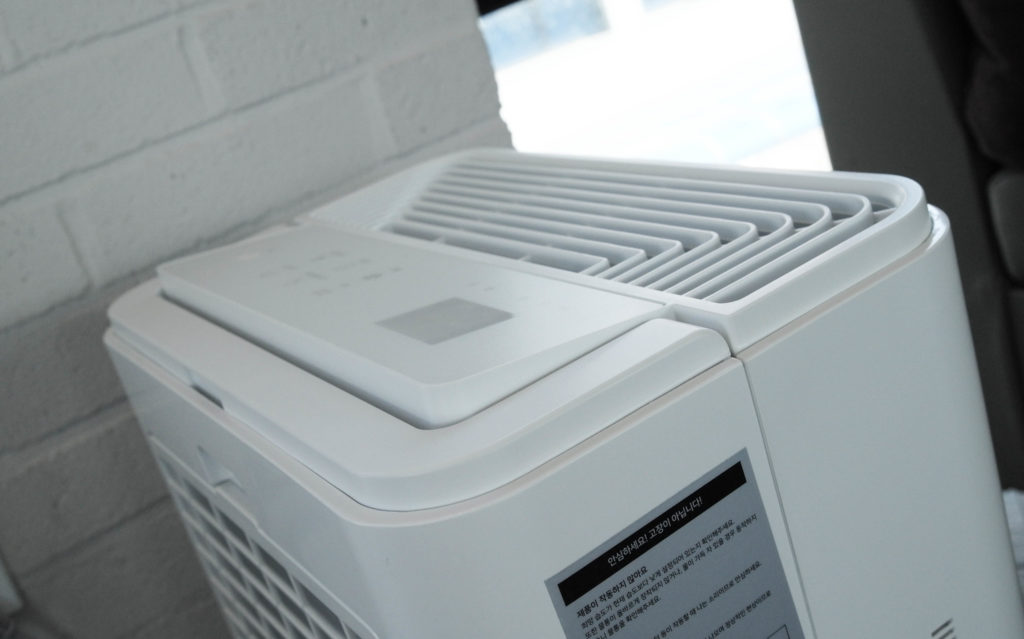
You need a dehumidifier to reduce the humidity levels inside a room. If you don’t have one, you may use a fan. White molds hate low humidity levels and thrive in wet/moist and humid areas.
Sandpaper
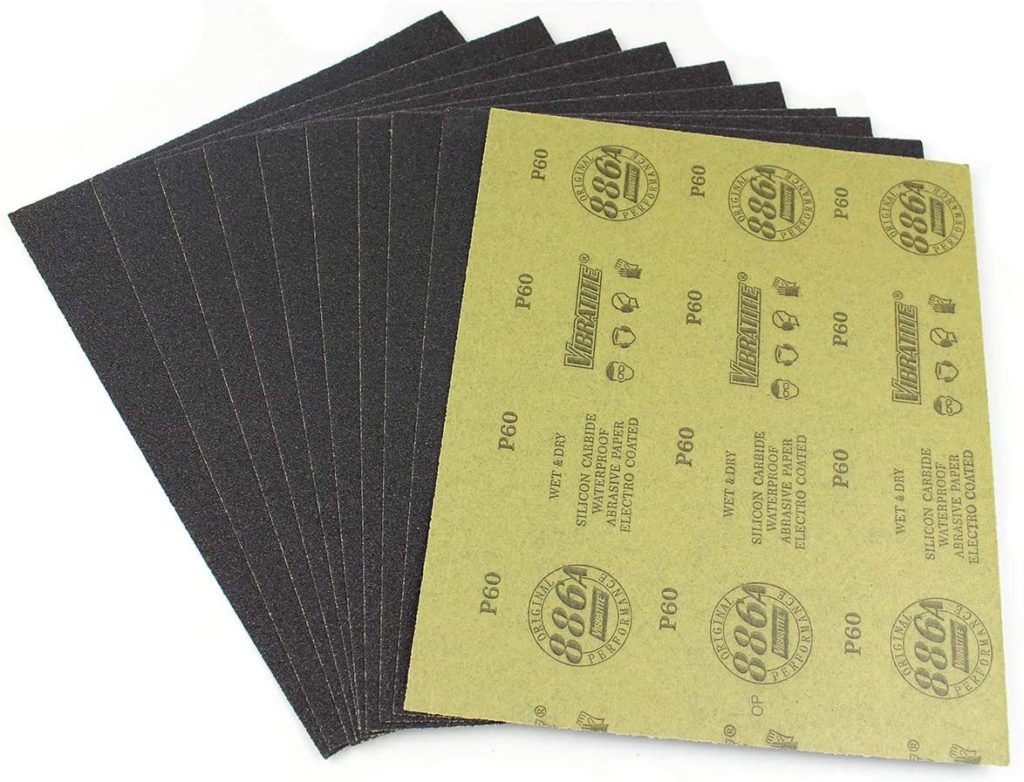
100-grit sandpaper will rub away the affected area in the wood. Don’t sand too much that you’re already removing unaffected areas.
Instructions on how to get rid of white mold on wood
Follow these step-by-step instructions on how to get rid of white mold on wood and other surfaces.
Wear safety equipment

Before handling white mold, wear a facemask, gloves, and goggles. Avoid splashes on your clothing by wearing an apron. You may be handling dangerous mold so be sure to stay safe at all costs.
Vacuum white mold

Use a crevice tool to remove all white mold from wood and nearby crevices, nooks, and crannies. You may not be able to remove 100% of mold this way but you’re removing most that can block the entry of chemicals and cleaning agents.
Be sure to empty the vacuum canister and clean the removable parts like the tools, hose, and power cord anything that may have come into contact with mold. Wash your hands or any area of the skin that may have also come in contact with mold.
Use soap and water solution
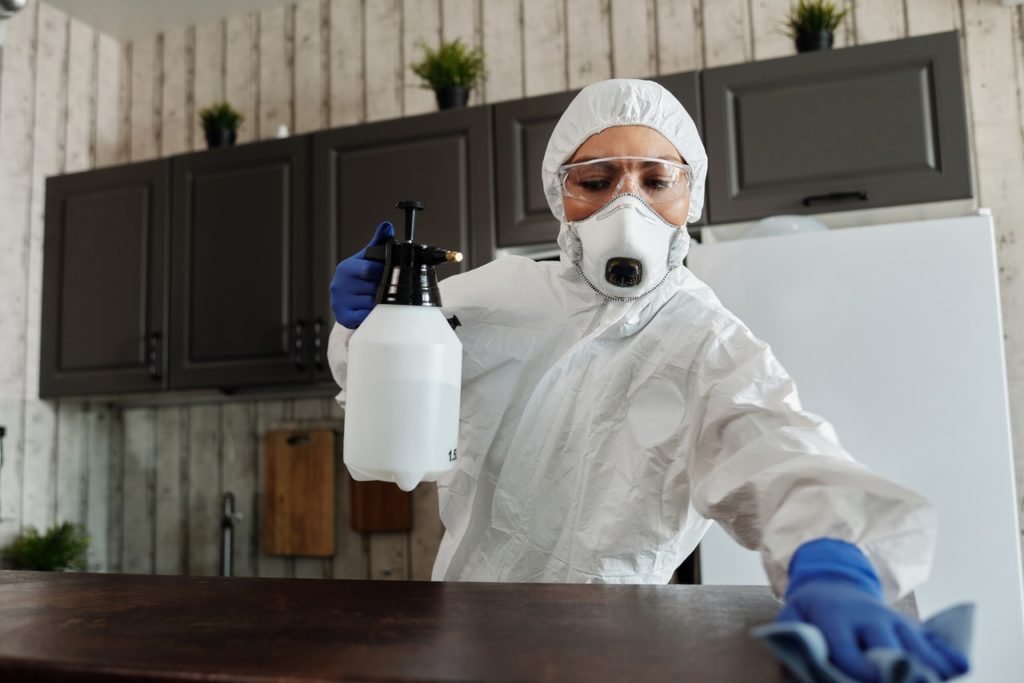
Add a few drops of dishwashing soap in a spray bottle full of warm water. Shake the solution and spray it all over the affected area. Use a small scrubber or sponge and scrub the area lightly. This will loosen mold that was not removed by vacuuming. Once you’re done, rinse the area and dry it completely with a clean, dry towel. If you can take the wooden piece out, let it dry under the sun completely. If it’s an indoor wooden panel, open windows and doors and let sunlight in.
Use borax
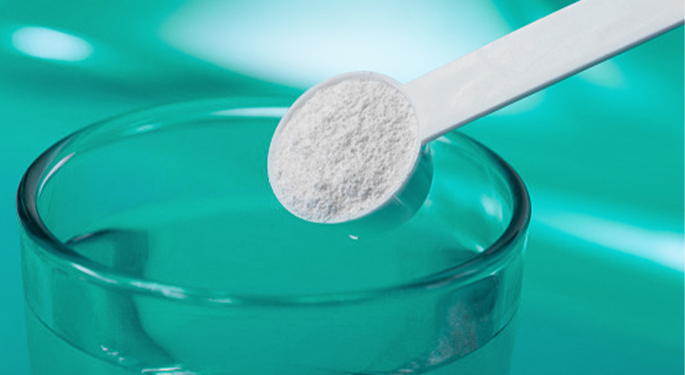
Borax is a chemical that’s an alkaline salt. It is safer than bleach and can penetrate wood well. Use borax as indicated in the product instructions. Usually, you need to add a tablespoon to a cup of water. Apply the solution to the affected area using a brush. Leave the borax solution overnight. This should be enough to penetrate the wood and kill all the molds. Rinse wood the following day.
Sand the area if needed
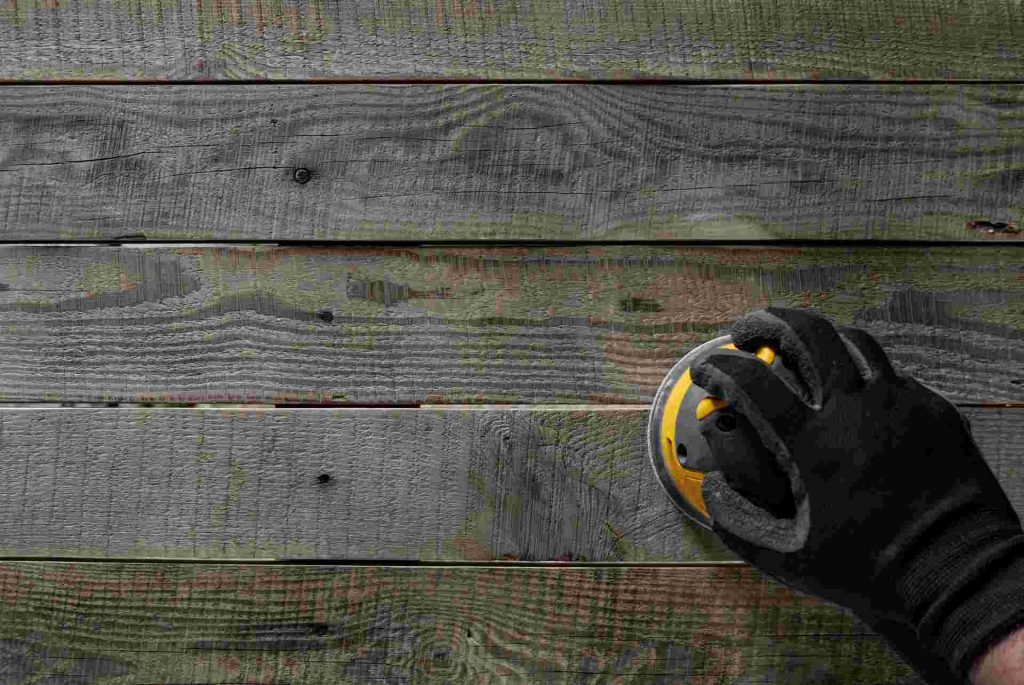
Dry the wood after rinsing. It can take another day or two to fully dry the affected area. If you still see traces of white mold, use sandpaper and remove the layer. Sand the area until you have removed the moldy layer. Make sure to avoid sanding unaffected areas of the wood. Remove any dust using a vacuum cleaner.
Use a dehumidifier or a fan
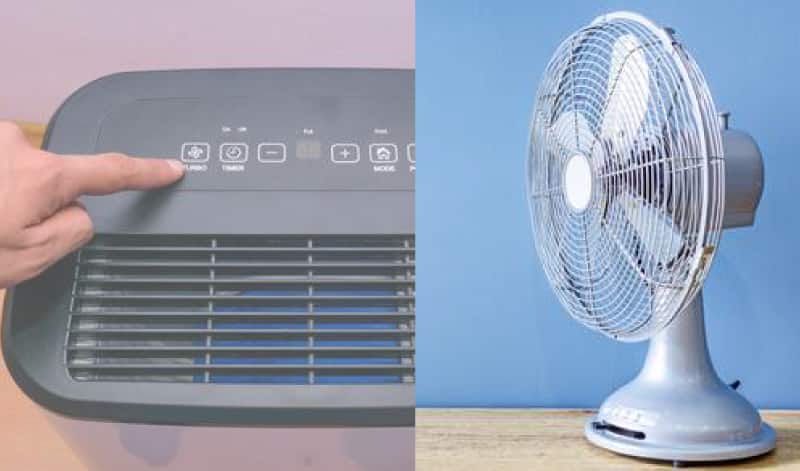
A dehumidifier is a piece of equipment that can reduce the humidity levels inside a room. Since white mold and mildew thrive in high humidity levels, moisture, and the dark, this tool can correct humidity levels in a room and eliminate molds in an instant. You may also open a window or door to let fresh air in and correct high humidity.
Invest in a high-quality dehumidifier if you live in a place where there’s high humidity. Dehumidifiers vary in capacity and this is important to consider for a larger room. You may also rent a dehumidifier or ask a professional to help you dehumidify your home.
If white mold persists, you should call a professional. You might think that mold is on just one spot but actually, hidden and unsuspecting areas of your home are affected. There may be dangerous mold in your attic, basement, or air conditioning duct. You may have white molds inside your air conditioning panels, under the sink, or in your bathroom. If you find mold, act fast and get rid of it right away.
Knowing how to get rid of white mold on wood will save you a lot of time as mold is dangerous and toxic when overlooked. Always consider your safety when handling white mold and always read the labels of any product that you will use. Don’t forget to check the moist and dark areas of your home for white mold and act fast as soon as you find one.
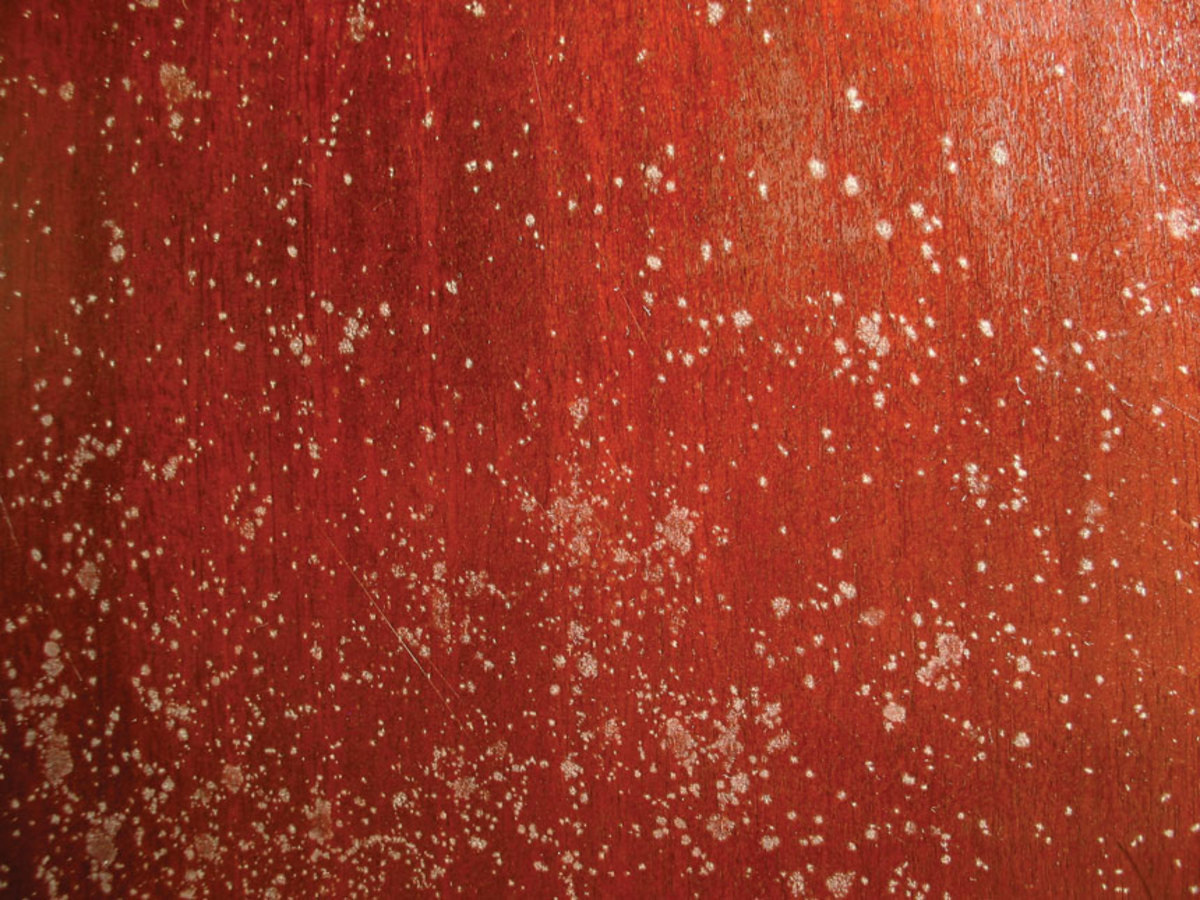
Leave a Reply